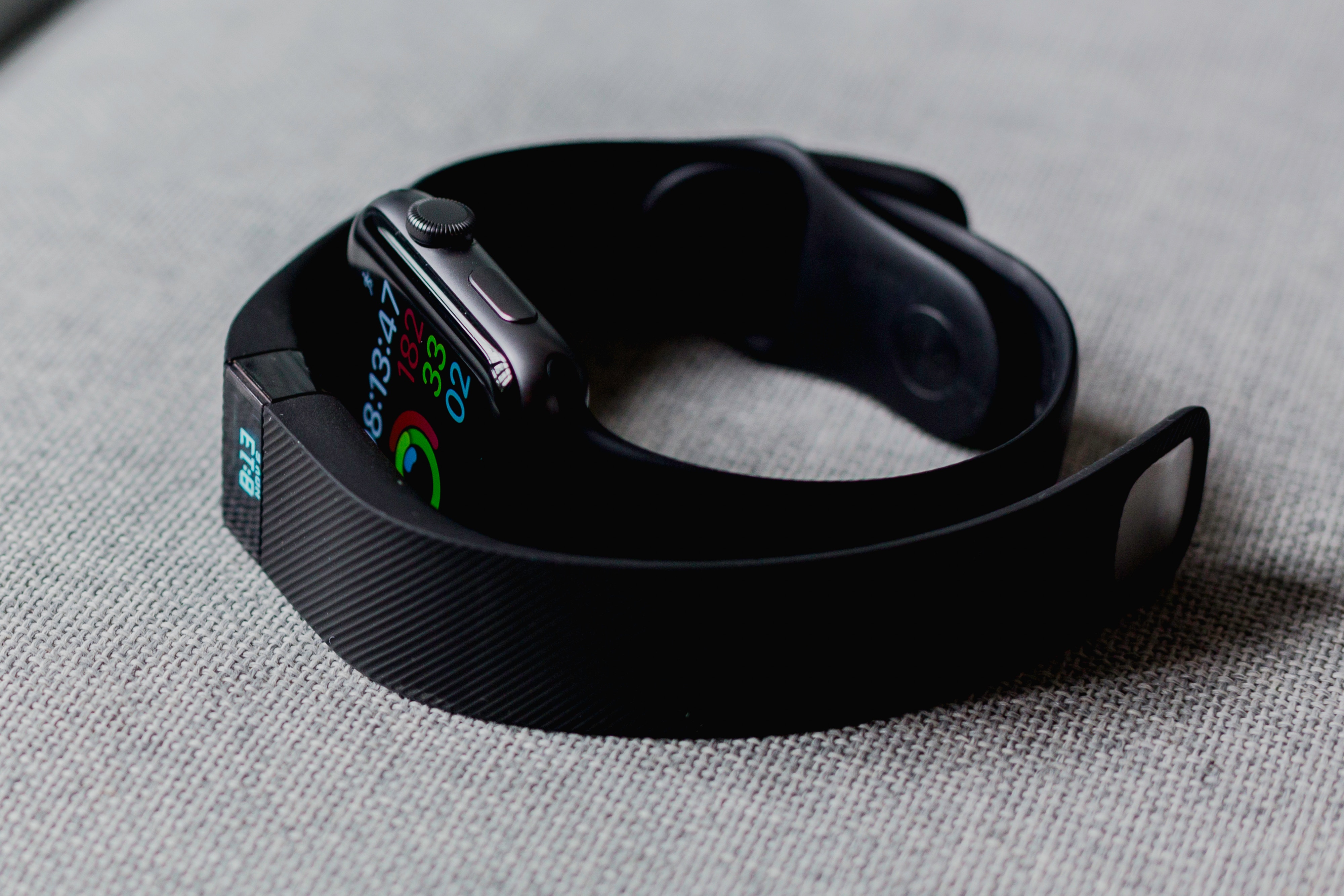Digital Health Technologies: A Consumer-Led Revolution


Digital health technology in many ways is a consumer-led innovation. Technology giants like Apple were investigating ways of engaging with their customers and promoting better health by creating devices to track their activity and fitness. With the advent of smartphones and other technologies for a consumer audience, there has been a growing market for wearable heart rate monitorsand activity trackers.. These innovations have expanded dramatically and now evolved into use within clinical trials. This consumer-led background is one of the main challenges for digital health technologies and wearables as many of the available technologies are consumer-grade and haven't necessarily been validated to the standards necessary to capture data from clinical trials.
However, the landscape is changing with the FDA approval of new devices for capturing actigraphy and movement within clinical research. There is a broad portfolio of products that are already being used to capture blood pressure, heart rate, or peripheral capillary oxygen saturation (SpO2) information. Consumer products are continuing to gather pace- for example, in the Apple store I noticed that you can now embed clothing tags that can capture heart rate, movement, and sleep. The pharmaceutical industry will need to actively respond to keep pace as technology grows in this fast-paced and fast-growing section of the industry.
Evolution of digital health technologies
The main benefit of using wearable technology is that it delivers a much more complete understanding of the patient and what's going on in their daily life. The technologies also provide essential insights about the disease itself, so, for example, we can better understand the variability of certain illnesses. Using wearable technologies, we may be able to establish that a particular disease affects a subject more in the afternoon than in the morning, or more after meals. The use of wearables also reduces white coat syndrome, a phenomenon in which nerves about being in a clinical environment affects clinical measurements such as pulse or heart rate. Wearables allow us to even out the peaks and the troughs and obtain a much clearer picture of how the patient is performing and what they're doing.
The obvious and well-documented downside is the potential of increased data noise. One of the challenges for sponsors is how to handle such large quantities of data and extract valuable insights from the vast numbers of data points.
Currently, wearables are used to measure cardiac health, sleep, and respiratory health. Beyond these, there are some potential novel endpoints for sponsors to consider. In oncology actigraphy and sleep can be useful to measure, while in Parkinson's disease, gait and tremor can be captured using accelerometers and other smart devices.
Medication use is another potentially game-changing application of digital technologies. Smart bottle caps can ensure that a patient takes medication and reduce non-compliance issues. These tools represent an ePRO version 2.0 and a step above traditional ePRO, which relies on patients' memories to confirm that they've taken the particular drug. Instead, smart bottle caps provide a date time stamp confirming that the patient has opened the bottle and removed their medication.

Practical issues
Below are a few practical matters for sponsors to consider when implementing digital technologies into their trials:
Understanding the market and selecting the right product for your project
There are several actigraphs like the iWatch, that do have FDA 510K approvals but need adequately powered and well-designed clinical trials to be used effectively. When you are looking to obtain data for specific endpoints, you should use a clinically validated device to ensure scientific integrity.
Processing the data
You could be receiving data from wearable devices in some cases 24 hours a day, seven days a week, within a clinical trial. This volume of data needs advanced analytical techniques like machine learning and artificial intelligence to process the data, extract trends and identify outliers. Cytel's real-world evidence team have experience processing and analyzing this data.
Collection Platform
The final consideration is the collection platform. Many wearable devices do not have modes of transmission but instead need to go through an ePRO or an eCOA device, acting as a hub to transmit the data. So as well as selecting the right equipment, sponsors also need to choose the right tool for data transmission.
The Future
The future of digital health technologies is an exciting one, limited only by our imaginations. Almost every week, we can see new devices and applications coming to market. As an industry, we need to ensure that we are proactive in keeping abreast with the technology explosion, and retain appropriate rigor in selecting the right devices for clinical research purposes, and using the correct expertise and techniques to collect meaningful data that can ultimately generate evidence for advancing medical development.
Are you planning the data management implementation for your next trial? Click below to download our ebook,' Data Management Fundamentals for Your Next Clinical Trial.'
 About the Author
About the Author
Jonathan Pritchard, B.Sc is a Business Development Director at Cytel. He has more than 13 years' experience in the delivery and support of clinical trials. At Cytel, his responsibilities include helping to promote the Cytel brand, and providing support to our customers throughout the lifetime of their studies. Prior to joining Cytel, Jonathan served as a Head of Business Development for a Respiratory vendor. His skills include project management, product design, eCOA, proposal generation, business development and account management.
Jonathan attended Canterbury University and received a B.Sc. in Cell and Molecular Biology.


